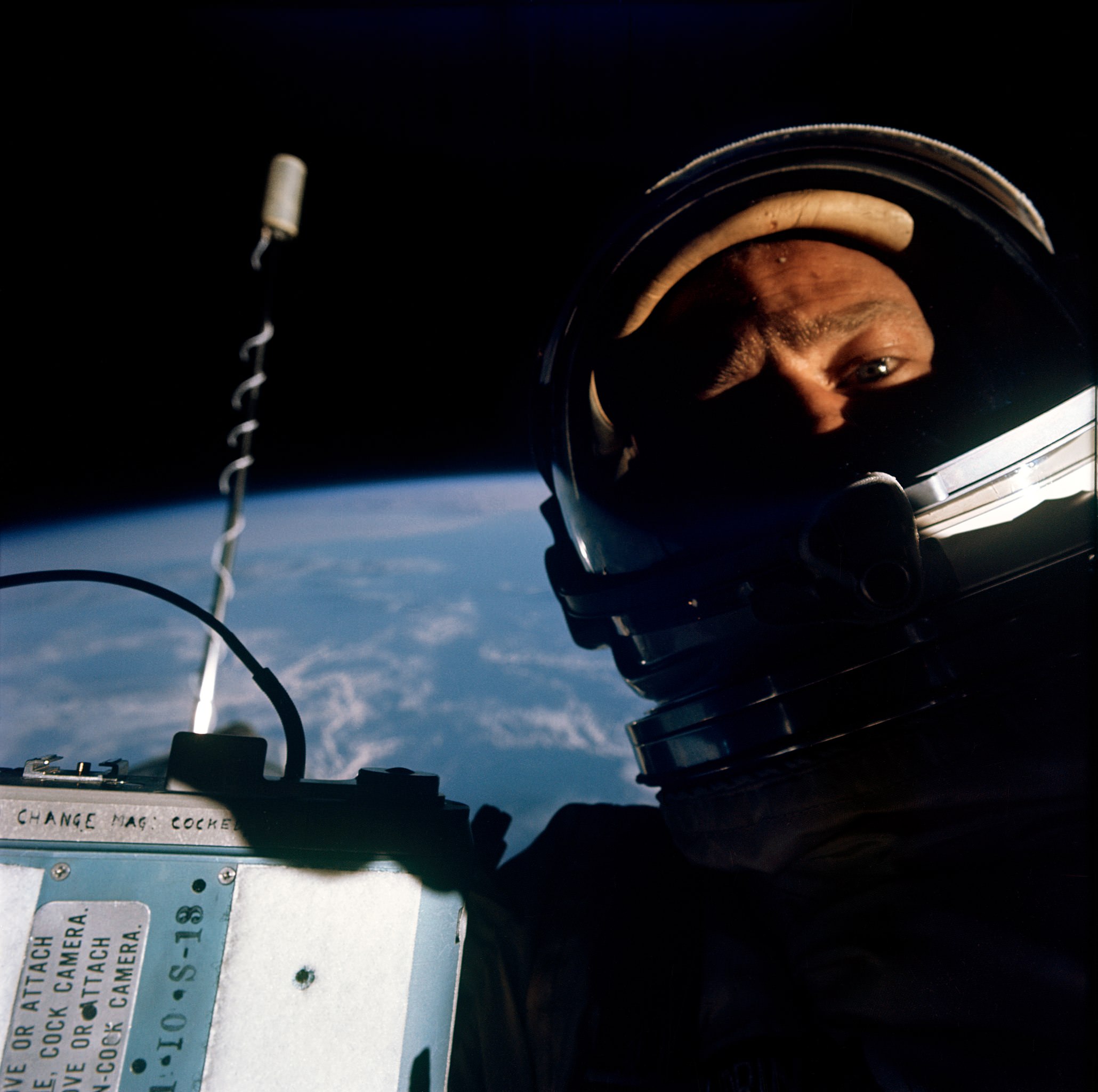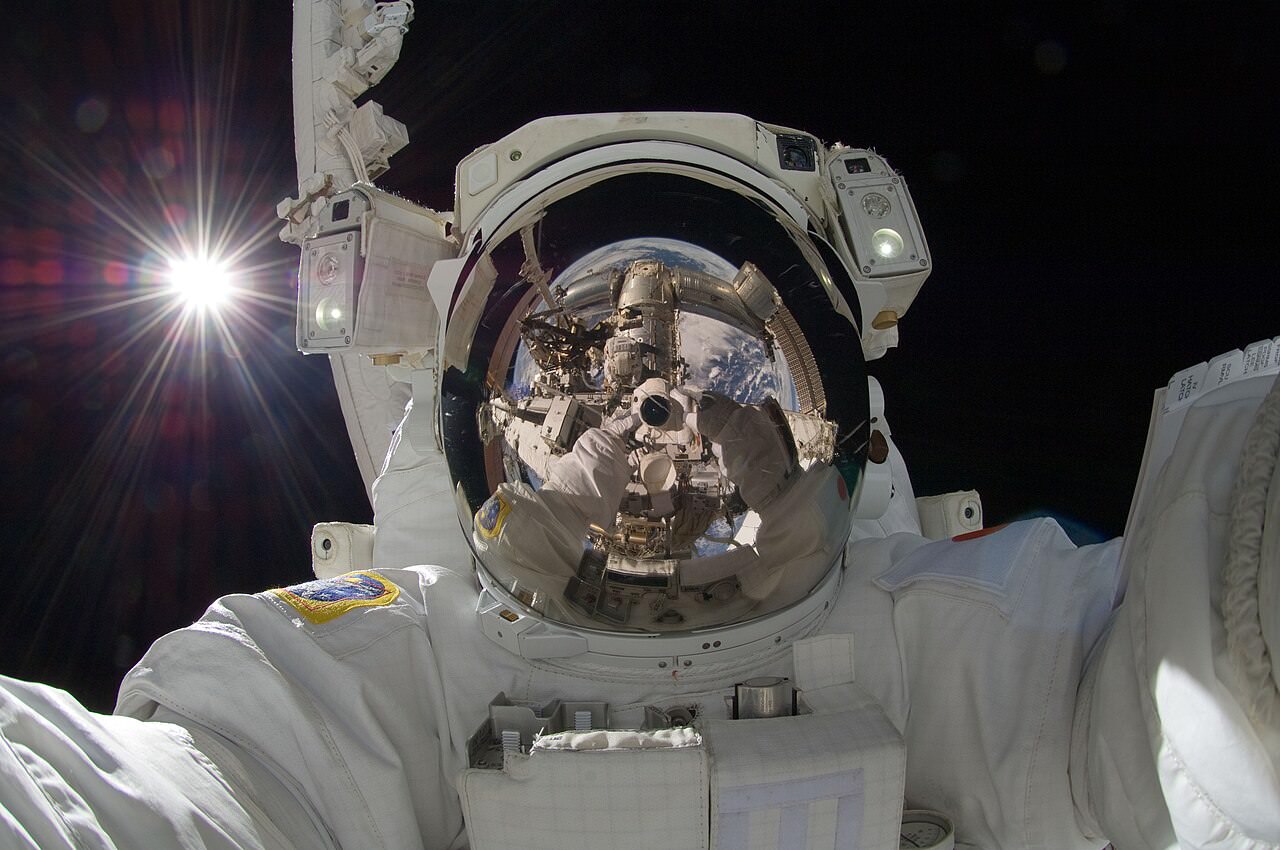On November 12, 1966, astronaut Buzz Aldrin made history in an unusual way during the Gemini 12 mission by taking the first-ever space selfie. This event occurred three years before his historic moon landing with Neil Armstrong, showcasing an innovative use of photography in space.
The Gemini 12 Mission
The Gemini 12 mission, part of NASA’s Gemini program, was a pivotal moment in the history of space exploration. Launched on November 11, 1966, the mission aimed to perfect the techniques necessary for a moon landing, focusing on extravehicular activity (EVA) and docking with another spacecraft. Buzz Aldrin and his fellow astronaut, James Lovell, were the crew members aboard the Gemini 12 spacecraft.

During his first stand-up spacewalk, on November 12, 1966, Buzz Aldrin photographed landmarks on Earth. While doing so, he set his camera on the edge of the hatch, pointing it in his direction. He then took what he now describes as “the first space selfie.”
During this mission, Aldrin stepped outside the spacecraft for an EVA, a crucial part of the Gemini 12 objectives. It was during this spacewalk that he took the momentous selfie. Aldrin lifted the visor of his helmet and used a camera to capture his own image, with the vastness of space and the Earth in the background.
Equipment and Process
The camera used by Aldrin for this historic selfie was part of the EVA equipment designed specifically for space photography. This camera was equipped to function in the harsh conditions of space, including extreme temperatures and vacuum. It was designed to be handled easily by astronauts wearing bulky space gloves and attached securely to the spacesuit.
Taking a selfie in space was a challenging task due to the complexity of maneuvering in a zero-gravity environment and the bulkiness of the spacesuit. Aldrin had to position the camera at the right angle to capture both himself and the Earth in the background. The visor lift was a crucial aspect, as it allowed his face to be visible in the photograph.
Following Aldrin’s first space selfie, the concept evolved with technological advancements. Astronauts like Donald Pettit and Stephen Robinson took space selfies in the early 2000s. Pettit took one during Expedition 6 in January 2003, and Robinson during the STS-114 mission in August 2005. These photos continued the tradition Aldrin started, combining personal documentation with the exploration of space.
Japanese astronaut Akihiko Hoshide’s space selfie, taken during a spacewalk on September 5, 2012, became a viral phenomenon. The photo, showcasing Hoshide with the sun reflecting off his visor, gained widespread attention after being shared on social media by Commander Chris Hadfield. It coincided with the term “selfie” being named the word of the year in 2013, illustrating the cultural impact of such images.

Japan Aerospace Exploration Agency astronaut Akihiko Hoshide, Expedition 32 flight engineer, uses a digital still camera to make a photo of his helmet visor during the mission’s third session of extravehicular activity (EVA).
The Gemini 12 mission, and specifically Aldrin’s selfie, marked a significant moment in the history of space photography. It demonstrated the possibility of capturing human experiences in space through photographs, adding a new dimension to space exploration narratives.


